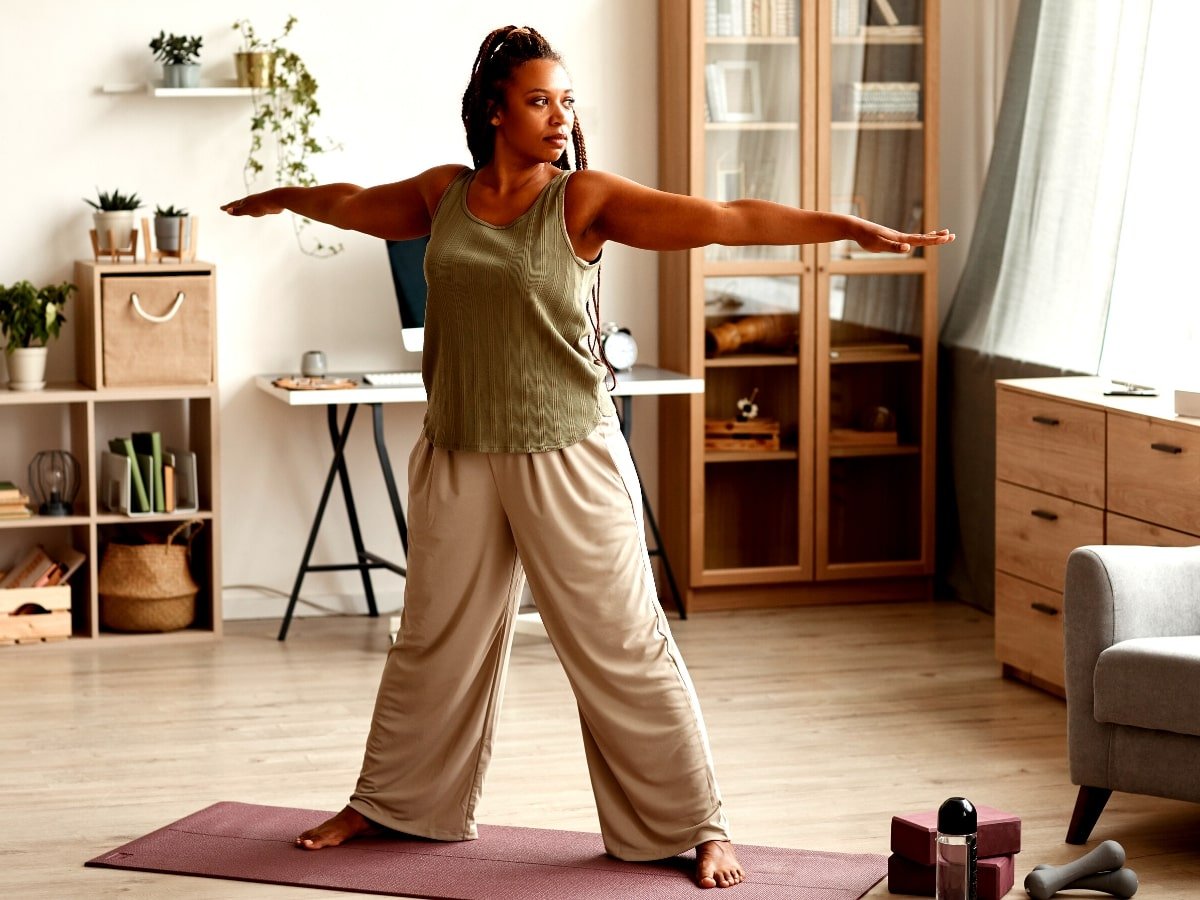‘How to Engage your Core’ is probably one of the most commonly instructed cues in fitness, and yet often misunderstood. Many exercisers think it means sucking in your stomach, or holding your breath.
Here are 9 Top Tips on How To Engage Your Core:
1. ‘Sucking in your stomach’ is not engaging your core
It’s merely shifting pressure and mass upwards or downwards. If you suck it all in hard, all the ‘stuff’ that was has gone somewhere. Upwards, pushing into your diaphragm, or downwards, moving onto your pelvic floor. Imagine a tube of toothpaste. If you squeeze in the middle… the contents of the middle of the tube haven’t disappeared, they have moved.
Sucking in your breath or holding your breath whilst pulling your stomach in hard, is not training muscles. It’s shifting pressure and displacing mass.

2. ‘How to engage your core’ Step by step!
Exhale, GENTLY drawing your belly button back at the same time as gently drawing your pelvic floor upwards. Your abs are drawing gently inwards, but not pulling in hard. Both the deep core, or transverse abdominis (TA), and the pelvic floor are part of your core, and they work together.
Making an ‘Ssssss’ sound as you exhale may help you find the right deep abdominal muscles. For the pelvic floor part… imagine you’re sucking a smoothie with your vagina as the straw… or picking up a grape with your vagina… weird. But it works.
Inhale as you relax the muscles, engage again on the next exhale. So you’re working the muscles on the exhale, relaxing on the inhale.
If you watch yourself from the side in a mirror, this shows as a very slight movement of the lower abs, not a big one. The spine is neutral, your chest should not thrust – so lower ribs stay back, stacked directly over hip bones, (the bony parts you can feel at the front), in turn stacked over the pubic bone.
Don’t hold your breath. Your shoulders don’t tense, and importantly, your tailbone or backside doesn’t tuck underneath you. When you isolate and engage your deep core, or transverse abdominis (TA), you should not see any significant movement in the rest of your body.
Try lying on your back, on all fours, sitting or standing, but the same indicators apply – your spine should be in neutral alignment: lower ribs over hip bones, hip bones on the same vertical plane over the pubic bone.
If your butt tucks under, if you suck it all in, hold your breath, thrust, tense or hunch anything else… that’s not isolating your TA.
Correct alignment is vital to making this work and is explained in detail in our programmes.
3. How do you know if you’re engaging your core (TA) correctly?
Place your hands on your ‘hip bones’ – the bits you can feel at the front of your pelvis on each side. Move your fingers slightly inwards and downwards from there, where it is soft. When you engage your TA, you will feel a tensing of the broad flat muscle under the pads of your fingers. If your stomach pooches or pushes outwards, if you’re holding your breath, or anything is pushing away, then you’re working the outer abdominal muscles, and TA isn’t doing its thing.

4. ‘I can feel something happening in my pelvic floor muscles’
GOOD! The TA is part of your core system of muscles, as are your pelvic floor muscles. When you draw your deep core inwards, the pelvic floor should also lift. Remember, to work your pelvic floor muscles, it’s a deep lift up inside, not a little lateral squeeze at the front. Imagine drawing up the walls of your vagina and back passage (try them separately, and together… undercarriage acrobatics) as if you’re picking up a small grape and pulling it up inside you.
So, the ideal core contraction is to exhale, gently draw your belly button in slightly, and lift your pelvic floor gently. It’s not a forceful movement; it’s super subtle. Pelvis doesn’t move – no tucking, hunching, thrusting or breath holding.
5. Isolating the Transverse Abdominis muscle
This is a necessary first step in achieving a functioning core because you need to reconnect with it if you’re going to work with it. But it is only the first stage. You don’t have to carry on doing TVA isolation exercises forever. Just find your core, reconnect your brain to your muscles, and then it’ll all work right 🙂
But to really work, to function, the TA is only one part (a very important part, but one part all the same) of your core system of muscles. These include your diaphragm, pelvic floor and the multifidus of your spine. Your stabilising muscles are utterly vital to your body working right. You find them, figure out how to make them work on their own, and then teach the whole system to work every time you move.
6. How to engage your core – controlling intra-abdominal pressure
Intra-abdominal pressure is why your stomach muscles push out, why you get diastasis recti, hernia, prolapse and a tummy you don’t like. You need to reverse this pressure to get a tummy that looks and feels like you want it to, for the long term. This is about alignment and learning to use your entire core system correctly. You have to address the cause, not just the symptoms

7. You’ve got to find it before you can strengthen it
If you haven’t found, reconnected with, and learnt to engage and use your entire core system of muscles from these foundations, no Pilates class, boot camp, binding tight things around your waist, or any other abdominal exercise is going to give you a flat stomach.
8. Now I’ve found it, should I ‘engage’ with it the whole time?
No! The core muscular system’s function is to stabilise your body without you consciously contracting it every time. You need to connect, isolate, and then find and retrain it – you don’t have to hold it in the whole time. You don’t suck it in hard (see no.1). Hypertonic muscles are too tight – weak and tight. A constantly contracted muscle is absolutely not a strong one. So let your abs go! You need to untuck your backside and allow your pelvic floor and abdominal muscles to work through their full range of motion, to help your body find its neutral, optimally functional alignment. To do this, the relaxing and stretching parts are just as important as the contracting part.
9. ‘But I still don’t have a flat stomach!’
There is a layer of body fat and other vital tissues sitting on top of your muscles. Our shape, and the body fat we carry is determined by genetics, lifestyle, experience, the food we eat, our emotional relationship with that food, our hormones, and our activity levels. Stomach exercises (even the right ones) won’t give you a ‘flat tummy’ alone, as it is merely one factor or ‘layer’.
How to engage your core – is actually about a lot more than your core
This is why the MUTU System programme works. It guides you to find the right muscles, reconnect with them on both an emotional and a physiological level (we need both), and then make the whole system work every time you move.
MUTU teaches you how to reverse the pressure causing the problem through correct alignment, without which no ab exercises will be effective in the long term. The MUTU System fills in all the gaps and missing links as to why the regimes, exercises, or methods you tried before may not have given the results you hoped for and worked so hard for.












